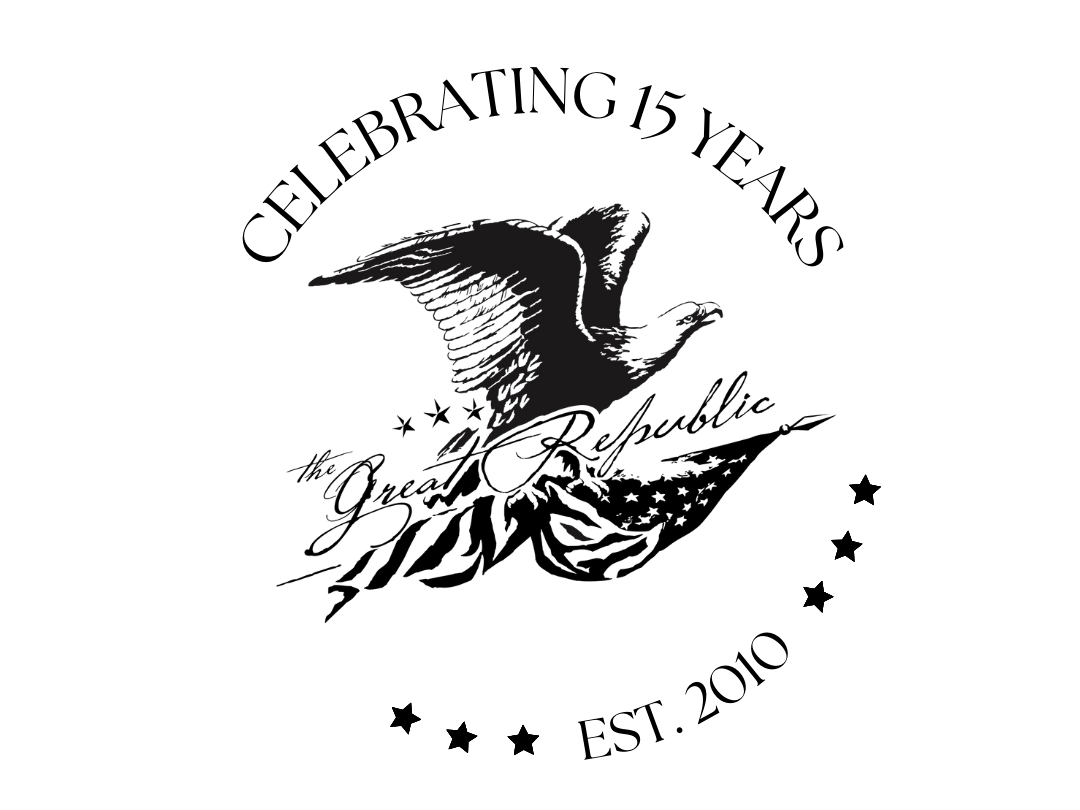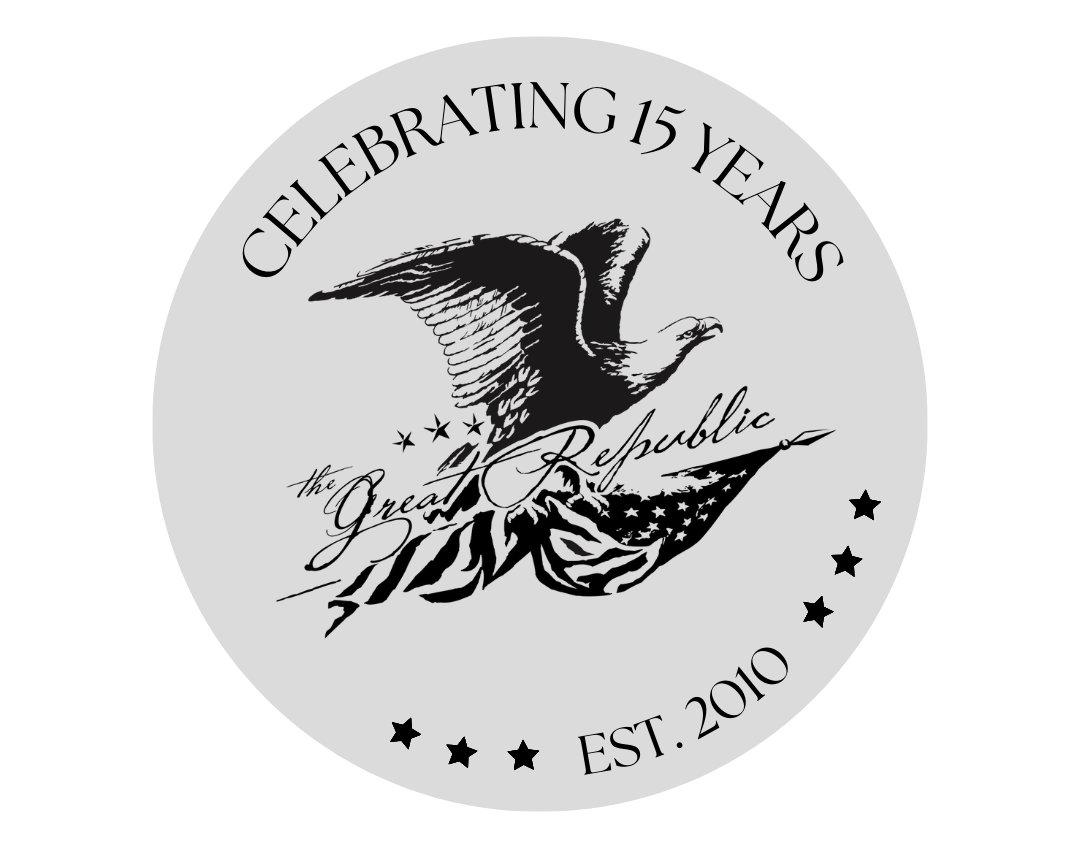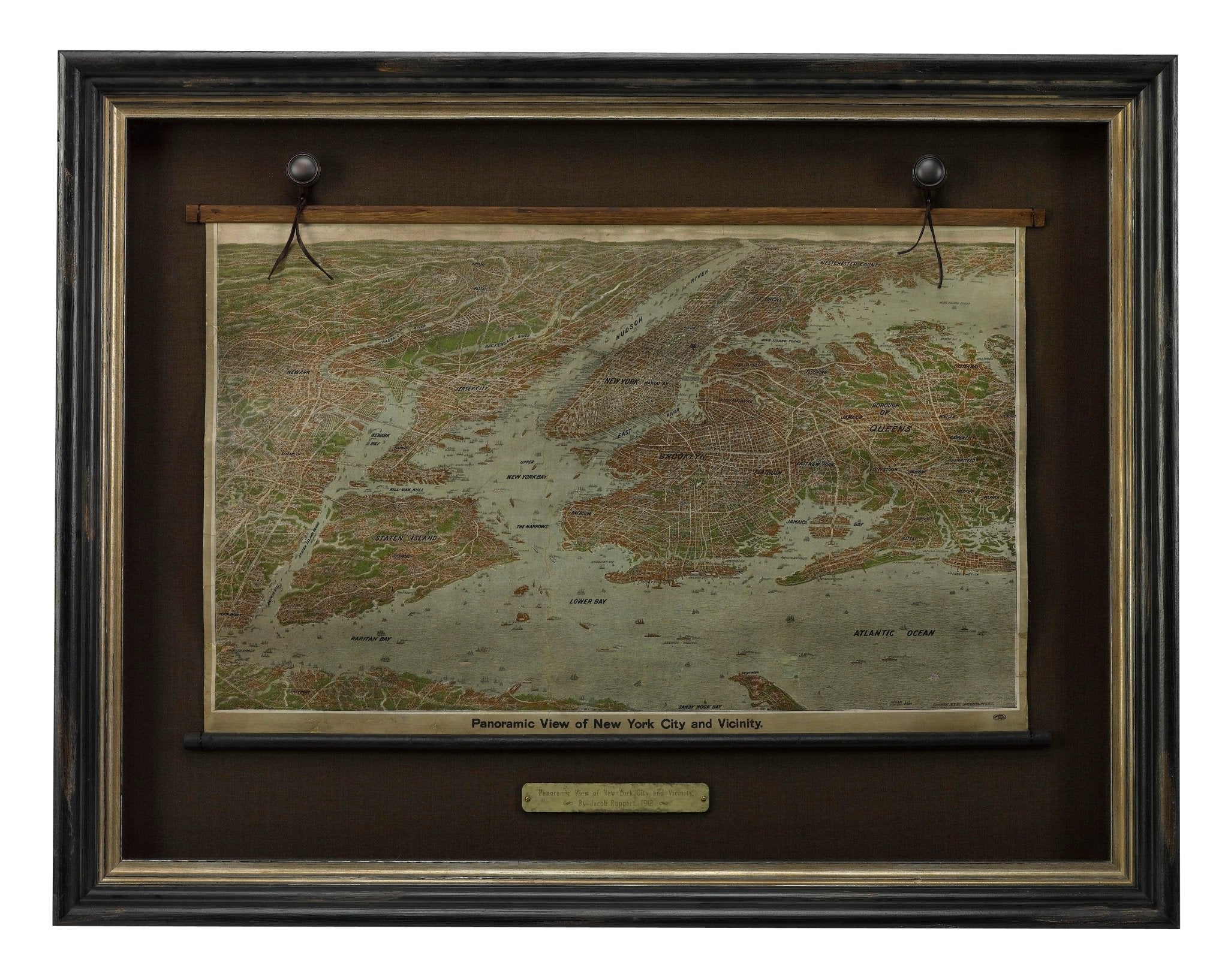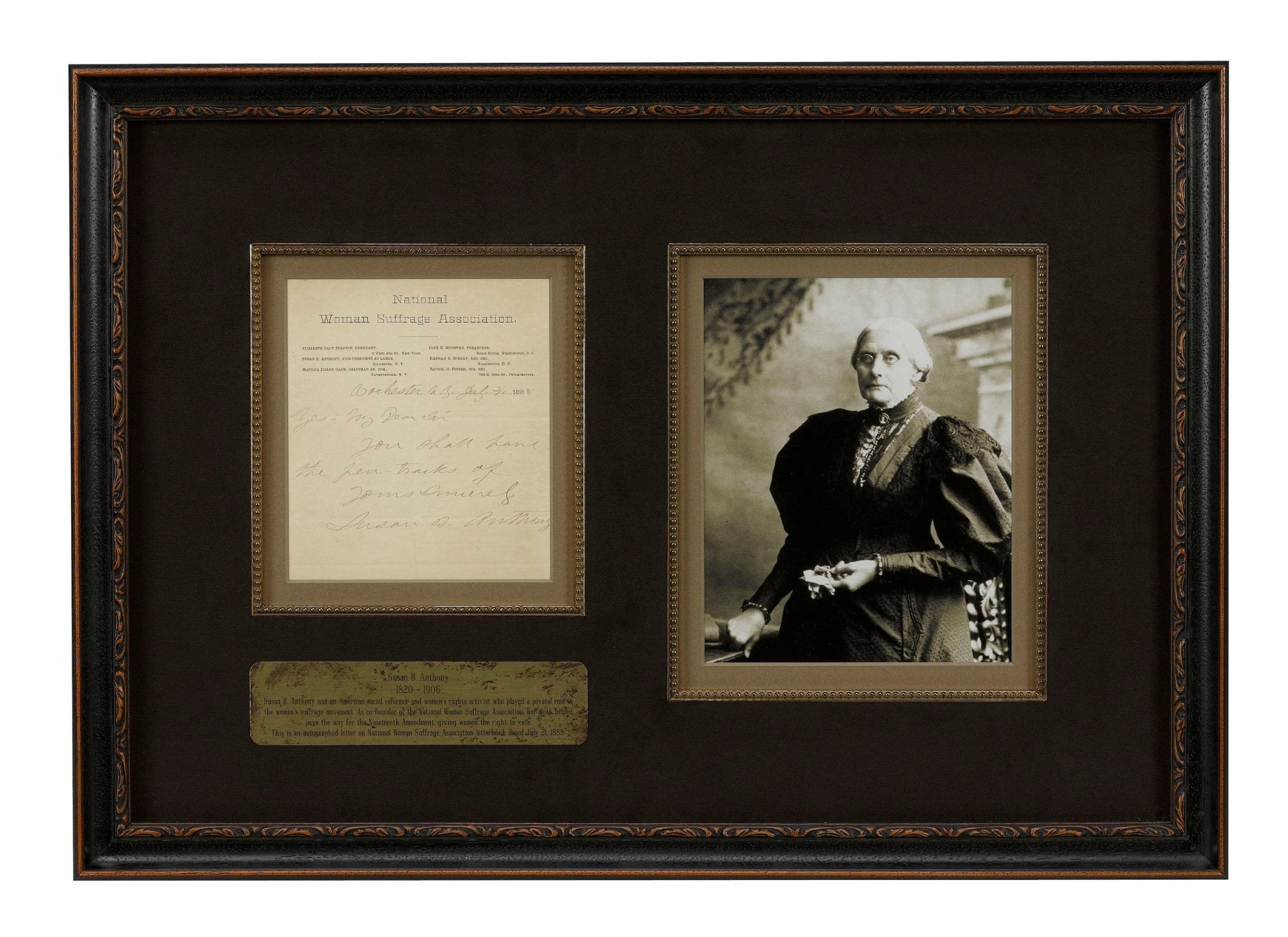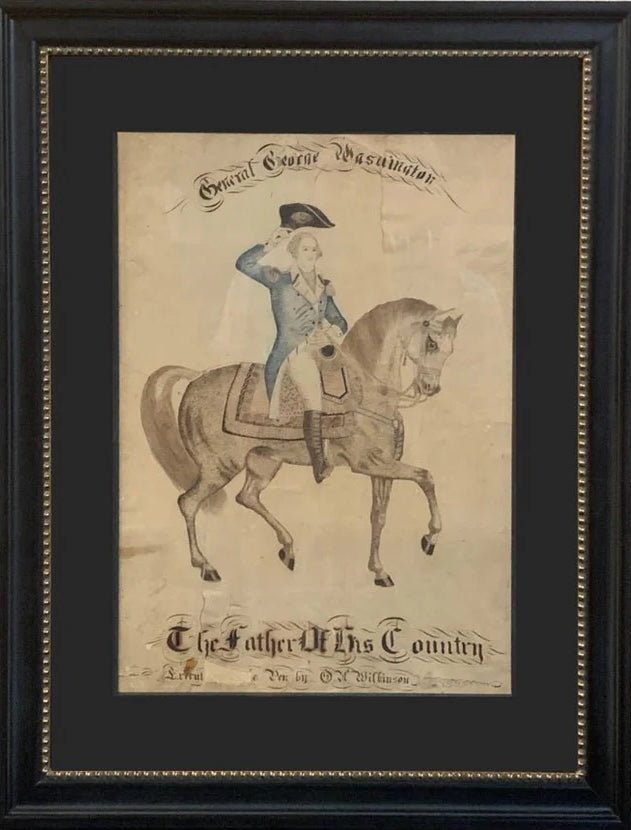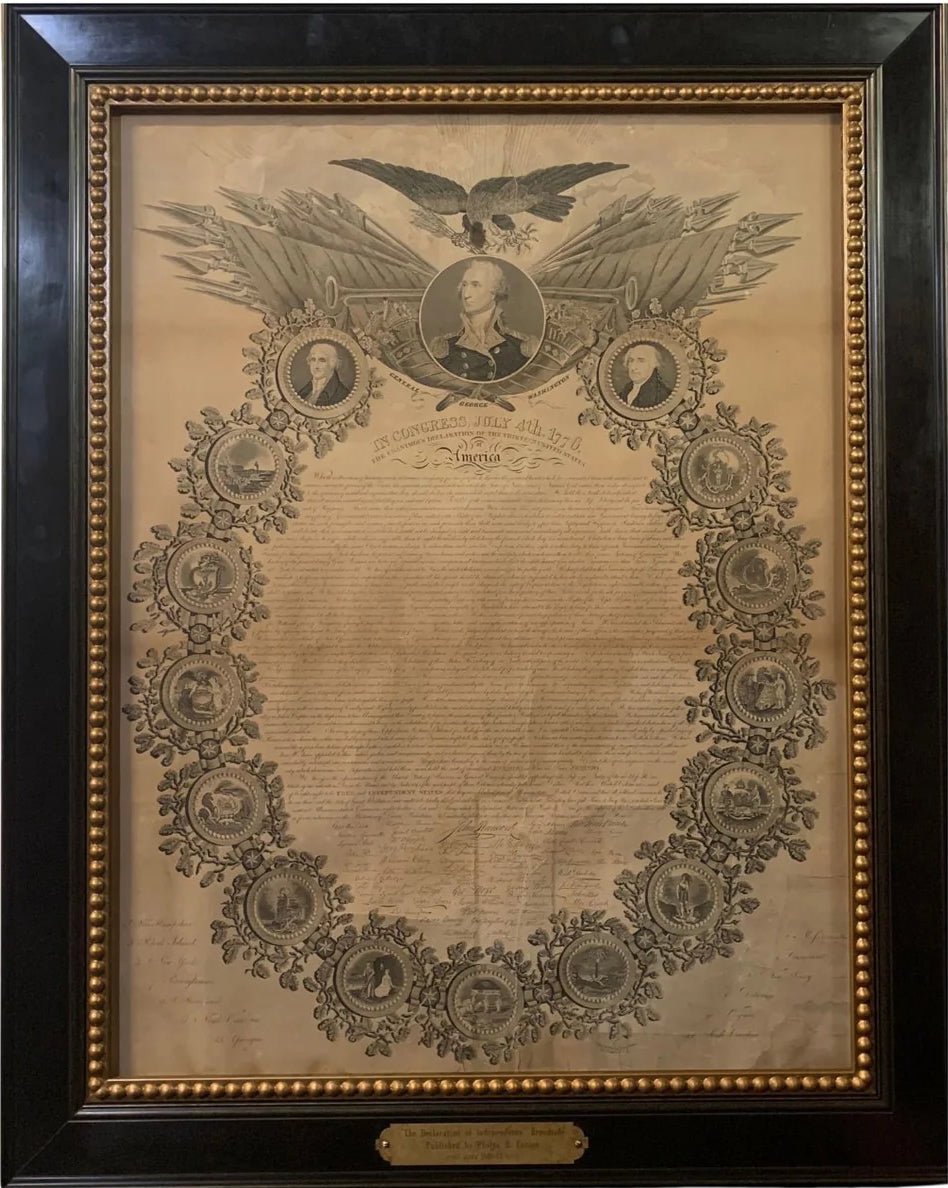Theodore Roosevelt, Outdoorsman and Naturalist
“It is to be hoped that the days of mere wasteful, boastful slaughter are past and that from now on the hunter will stand foremost in working for the preservation and perpetuation of wild life, whether big or little.” -Theodore Roosevelt
Theodore Roosevelt was an outdoorsman, writer, soldier, and the 26th president of the United States. Roosevelt made a name for himself in politics, being then the youngest president in U.S. history, and for his no nonsense approach. He also led an interesting and eventful life, regarded as a rugged outdoorsman despite poor health as a child. His books, of which he wrote many, most strongly reflect this perspective of his life- as a hunter, an adventurer and even a conservationist.
Roosevelt’s early hunting trips took place in the Northeast, in the backwoods of Maine. He then traveled out into the American West, hunting thousand-pound grizzlies and indigenous bird species. His later trips, following his two-term presidency, saw him explore Africa. However, Roosevelt viewed hunting as both a sport and an opportunity to learn about a land and its species. He championed the compatibility of hunting wildlife and the protection of wildlife and wilderness. He also had a keen interest in collecting specimens for scientific study. Roosevelt set aside 230 million acres of federal land for conservation, creating federal bird reservations, game preserves, and national parks, among other sites.
Books such as his 1899 Big Game Hunting were written based on his observations and experiences while hunting. Big Game Hunting was compiled from two earlier books he wrote during his time in the Dakota Badlands. These early writings provide unique insight into the young life of the president and the inspirations for his conservationist policies. Another compelling work is his 1905 Outdoor Pastimes of an American Hunter, which contains accounts of his hunting trips in the West, his impressions of and experiences in Yellowstone Park, and a chapter on books about big game hunting.
Roosevelt set a precedent in pursuit of wildlife conservation. In 1909, he embarked on a year-long African expedition to collect animal specimens for the Smithsonian Museum. He called for “one or two professional field taxidermists, field naturalists, to go with us, who should prepare and send back specimens we collect.” He then offered to donate the large game he planned to hunt for the museum’s natural history collection. Many of his donated specimens, including the rhinoceroses, are still at the Smithsonian National Museum of Natural History today. With the growing human populations expanding into these animals’ habitats, Roosevelt aimed to record information on the large mammals of East Africa before they disappeared. Roosevelt recorded his findings and observations of the world’s specimens and lands in his many books.
